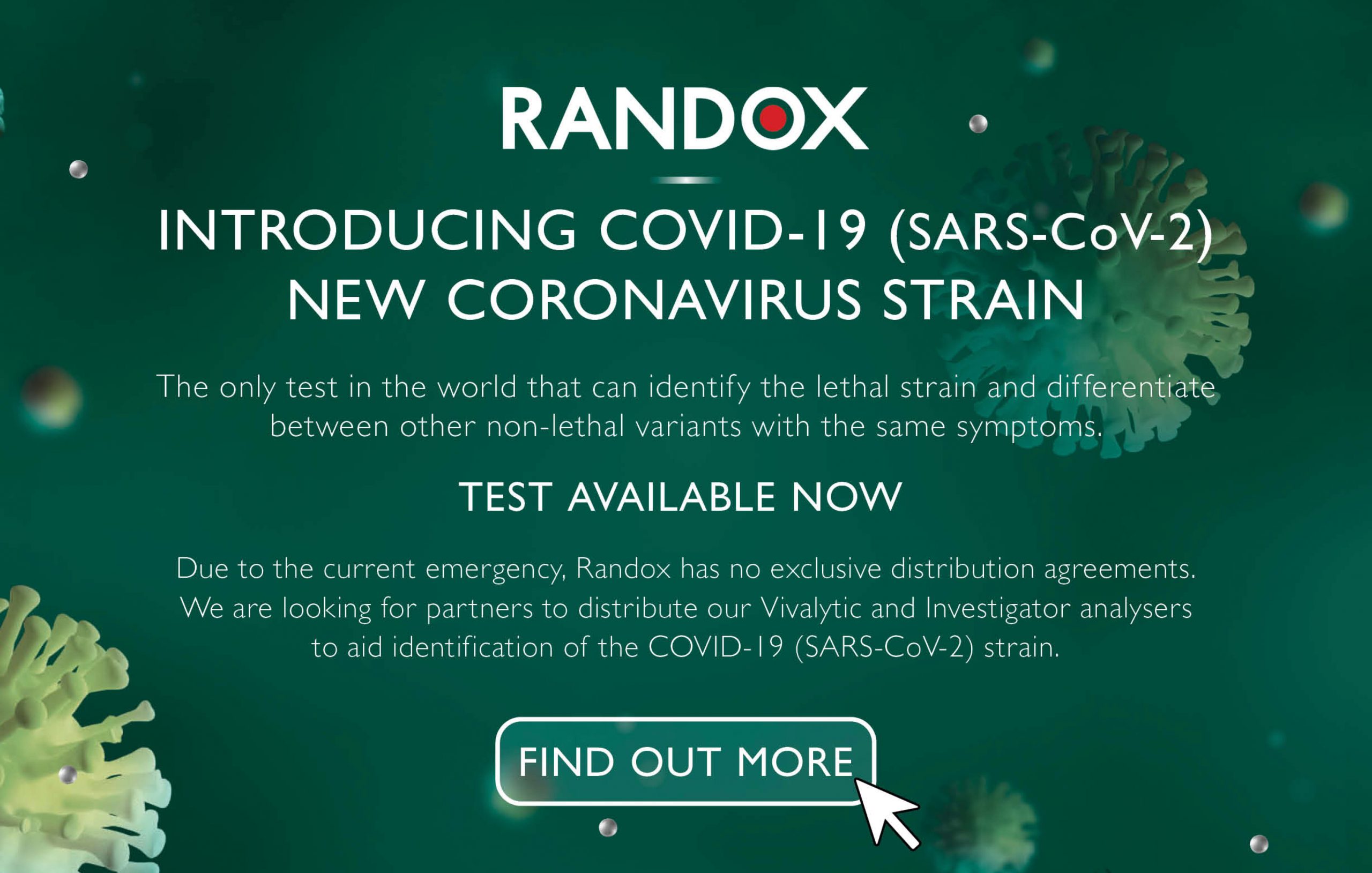Reagent | Gamma GT
Benefits of the Gamma GT Assay
Exceptional correlation
The assay showed a correlation of r=0.99 against another commercially available method
Excellent stability
Stable to expiry when stored at 2-8⁰C
Liquid ready-to-use
The Randox Gamma GT reagent is available in a liquid ready to use format for convenience and ease of use.
Randox Gamma GT (Colorimetric)
- Colorimetric method
- Liquid ready-to-use reagents
- Stable to expiry when stored at 2-8⁰C
Ordering Information
| Cat No | Size | ||||
|---|---|---|---|---|---|
| GT3817 | R1 6 x 51ml (L) R2 6 x 14ml | Enquire | Kit Insert Request | MSDS | Buy Online |
| GT3874 | 6 x 21ml (L) | Enquire | Kit Insert Request | MSDS | Buy Online |
| GT8320 | R1 4 x 20ml (L) R2 4 x 7ml (Mod. IFCC) | Enquire | Kit Insert Request | MSDS | Buy Online |
| GT8146 | R1 7 x 20ml (L) R2 7 x 8ml | Enquire | Kit Insert Request | MSDS | Buy Online |
| (L) Indicates liquid option | |||||
Instrument Specific Applications (ISA’s) are available for a wide range of biochemistry analysers. Contact us to enquire about your specific analyser.
What is Gamma GT assay used for?
Gamma-glutamyltransferase (GT) in serum originates primarily from the hepatobiliary system. Therefore GT is elevated in all forms of liver disease and has been shown to be more sensitive than alkaline phosphatase in detecting obstructive jaundice, cholangitis and cholecystitis. High levels of GT are also seen in patients with primary or secondary liver cancer. Increased levels are also observed in cases of alcohol abuse and in alcoholic liver cirrhosis. In patients receiving anticonvulsant drugs such as phenytoin and phenobarbital, increased levels of the enzyme in serum may reflect induction of new enzyme activity and the toxic effects of alcohol and other drugs on the microsomal structures in liver cells. GT is the most sensitive enzymatic indicator of hepatobiliary disease, and can be used in combination with other biochemical markers to discriminate between different types of hepatobiliary disease.
- Haçariz, O. et al. The effect of Quil A adjuvant on the course of experimental Fasciola hepatica infection in sheep. Vaccine 2009, 27(1): 45-50
- Haçariz, O. et al. IL-10 and TGF-β1 are associated with variations in fluke burdens following experimental fasciolosis in sheep. Parasite Immunol. 2009, 31(10): 613-622
- Gbadegesin, M.A., et al. In vitro antioxidant/radical scavenging activities and hepatoprotective roles of ethanolic extract of Cassia occidentalis leaves in sodium arsenite-treated male Wistar rats. Br. J. Med. Med. Res. 2013, 3(4): 2141-2156
Clinical Chemistry Panel
For more information or to view more reagents within the clinical chemistry panel, please click here
Veterinary Panel
For more information or to view more reagents within the veterinary panel, please click here

